The Rise of Web3 Gaming: Real Ownership or Just Hype?

Web3 gaming, powered by blockchain technology, has emerged as a transformative force in the gaming industry, promising players true ownership of in-game assets, decentralized economies, and new ways to monetize their time and skills. With high-profile titles like Axie Infinity, The Sandbox, and Decentraland capturing attention, the hype around Web3 gaming is undeniable. But is it delivering on its promise of player-owned economies, or is it merely a speculative bubble fueled by buzzwords like NFTs and DeFi? This article dives into the mechanics, successes, challenges, and future of Web3 gaming to separate fact from hype.
The Promise of Player-Owned Economies
At its core, Web3 gaming aims to redefine the relationship between players and game developers. Traditional games operate in closed ecosystems where developers control in-game assets, currencies, and economies. Players might spend hundreds of hours or dollars on skins, weapons, or characters, only to lose access if the game shuts down or bans their account. Web3 gaming flips this model by leveraging blockchain technology to create decentralized, player-driven economies with the following key features:
- True Digital Ownership: Non-fungible tokens (NFTs) and blockchain-based assets allow players to own unique in-game items, such as characters, skins, or virtual land, that are verifiable and transferable outside the game. Unlike traditional games, these assets persist on the blockchain, independent of the game’s servers.
- Play-to-Earn (P2E) Models: Games like Axie Infinity enable players to earn cryptocurrencies or NFTs through gameplay, which can be traded or sold for real-world value. This model has turned gaming into a potential income source, particularly in regions like the Philippines, where players have earned significant sums during economic hardship.
- Interoperability: Blockchain games promise assets that can move between games or platforms, creating a unified digital economy. For example, a skin earned in one game could theoretically be used in another, enhancing player freedom and asset utility.
- Decentralized Governance: Some games incorporate decentralized autonomous organizations (DAOs), allowing players to vote on game updates or rules, fostering community-driven development.
These features align with the broader Web3 ethos of decentralization, user empowerment, and economic incentives, positioning Web3 gaming as a potential revolution in how we interact with virtual worlds. But how well are these promises being fulfilled?
Success Stories: Where Web3 Gaming Shines
Web3 gaming has produced notable successes that demonstrate the potential of player-owned economies:
- Axie Infinity: Launched by Sky Mavis, Axie Infinity became a poster child for P2E gaming. Players breed, battle, and trade NFT-based creatures called Axies, earning tokens like Smooth Love Potion (SLP) and Axie Infinity Shards (AXS). At its peak, the game generated annualized revenues of $2.7 billion, with players in developing countries earning multiple times their monthly salaries. The game’s Ronin blockchain, designed for scalability, has further enhanced its ecosystem by reducing transaction costs.
- The Sandbox: This Ethereum-based metaverse allows players to create, own, and monetize virtual experiences using NFTs and the SAND token. Over 1 million users have purchased digital land to build and profit from their creations, showcasing the power of user-generated content and community ownership.
- Decentraland: A decentralized virtual world, Decentraland enables players to buy, sell, and develop virtual real estate using the MANA token. Its community-owned model has attracted brands like Adidas and Snoop Dogg, creating a vibrant economy for digital assets.
These games highlight the tangible benefits of Web3 gaming: players can earn real-world value, trade assets freely, and participate in economies that feel more open than traditional gaming’s walled gardens. The global blockchain gaming market, valued at $14.8 billion in 2024, is projected to reach $1,172.8 billion by 2033, reflecting strong investor and consumer interest.
The Challenges: Hype Meets Reality
Despite its successes, Web3 gaming faces significant hurdles that question whether it can deliver sustainable player-owned economies:
- Economic Sustainability: P2E models often rely on a constant influx of new players to sustain token economies, raising concerns about their resemblance to pyramid schemes. For instance, StepN, a “step-to-earn” game, admitted that its economy could collapse without new users. Axie Infinity faced similar issues when token prices crashed in 2022, making it harder for players to earn meaningful income.
- Speculative Overhype: Much of Web3 gaming’s appeal is tied to speculative trading of NFTs and tokens, driven by market hype rather than gameplay quality. Early adopters and investors often profit disproportionately, while latecomers risk losses. The focus on financial incentives can overshadow the fun, with 52% of gamers unaware of blockchain games and many perceiving them as prioritizing earnings over enjoyment.
- Technical Barriers: Blockchain gaming requires players to navigate crypto wallets, gas fees, and complex interfaces, which can deter mainstream adoption. Developers must also contend with scalability issues, as early Ethereum-based games like CryptoKitties struggled with high transaction costs. Newer platforms like Solana and Polygon aim to address this, but the learning curve remains steep.
- Regulatory Uncertainty: Cryptocurrencies and NFTs face increasing scrutiny from regulators, with agencies like the SEC examining whether they constitute unregistered securities. This could limit the growth of blockchain games, as developers and players navigate compliance challenges.
- Mainstream Resistance: Major gaming companies and platforms have shown mixed enthusiasm. Valve banned blockchain games from Steam in 2021, citing concerns about scams and bad actors, while Ubisoft’s NFT initiative, Quartz, flopped due to player backlash. A 2022 Game Developers Conference report found 70% of developers uninterested in NFTs, with only 1% actively integrating them.
- Gameplay Quality: Many Web3 games prioritize financial mechanics over engaging gameplay, resulting in lackluster experiences. Critics argue that for blockchain gaming to succeed, it must offer fun and immersive worlds, not just economic incentives.
These challenges suggest that while Web3 gaming has delivered on some aspects of player ownership, its long-term viability depends on addressing economic, technical, and cultural barriers.
The Future: Bridging the Gap
For Web3 gaming to fulfill its promise, it must evolve beyond hype and speculation. Several trends and innovations offer hope:
- Improved Scalability: Layer-2 solutions like Starknet and Immutable X are reducing transaction costs and enhancing gameplay by enabling faster, cheaper interactions. These advancements make blockchain gaming more accessible to casual players.
- Focus on Gameplay: Companies like Big Time Studios and Animoca Brands are developing AAA-quality blockchain games with rich narratives and mechanics. Big Time, for example, blends fast-paced combat with NFT collectibles, attracting over 1.5 million players.
- Mainstream Integration: Traditional gaming giants are cautiously exploring Web3. Ubisoft and Electronic Arts are part of Hedera’s governing council, signaling potential future adoption. Partnerships like Oasys with SBI Group aim to bring blockchain gaming to markets like Japan.
- Community-Driven Development: Platforms like Gala Games and Enjin empower developers to create decentralized economies, fostering innovation and player engagement. Gala’s node-powered network, for instance, supports cross-chain compatibility, enhancing interoperability.
- Education and Accessibility: Simplifying crypto wallets and onboarding processes, as seen with tools like MetaMask and developer-friendly APIs, can lower barriers for new players.
Posts on X reflect growing excitement about Web3 gaming’s potential, with users highlighting true asset ownership and community-driven economies as key draws. Over 62% of Web3 gamers in 2025 cite ownership as a primary motivator, suggesting strong demand for these features. However, these sentiments are inconclusive without broader adoption and improved game quality.
Conclusion: Real Ownership with Caveats
Web3 gaming is delivering on its promise of player-owned economies to an extent, as evidenced by the success of Axie Infinity, The Sandbox, and Decentraland. These games have empowered players with true asset ownership, financial incentives, and community governance, creating economic models that traditional gaming cannot match. The projected growth of the blockchain gaming market underscores its potential to reshape the industry.
However, the sector is not without flaws. Economic instability, speculative hype, technical complexities, and resistance from mainstream gaming communities highlight that Web3 gaming is still maturing. For it to move beyond niche appeal, developers must prioritize fun, accessibility, and sustainable economies over financial gimmicks. Blockchain should enhance, not overshadow, the gaming experience.
In 2025, Web3 gaming stands at a crossroads. It’s neither pure hype nor a fully realized revolution—it’s a promising experiment with real achievements and significant hurdles. As technology improves and more players embrace the concept of digital ownership, Web3 gaming could redefine what it means to play, own, and earn in virtual worlds. For now, it’s a space to watch closely, with equal parts skepticism and optimism.
References
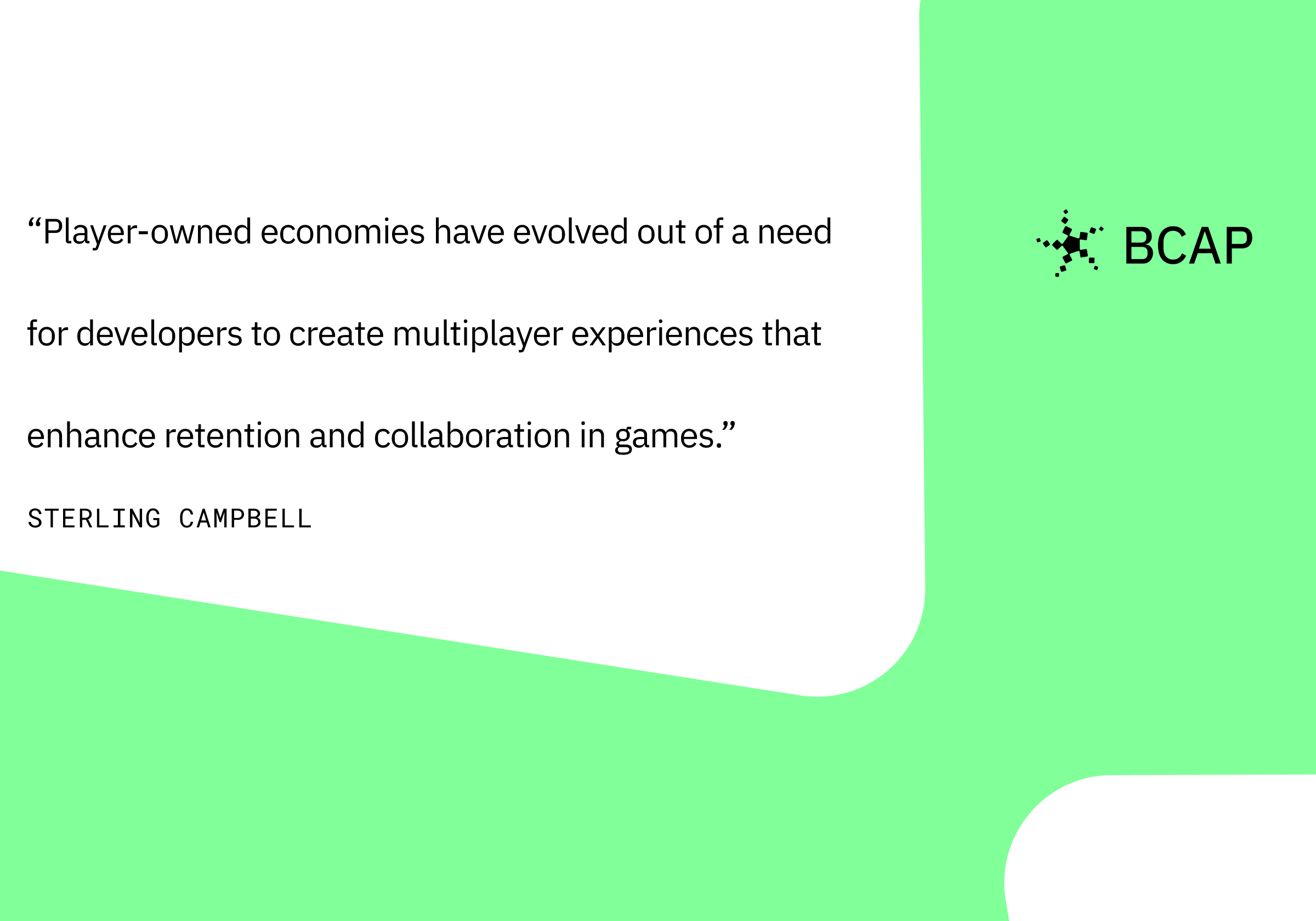




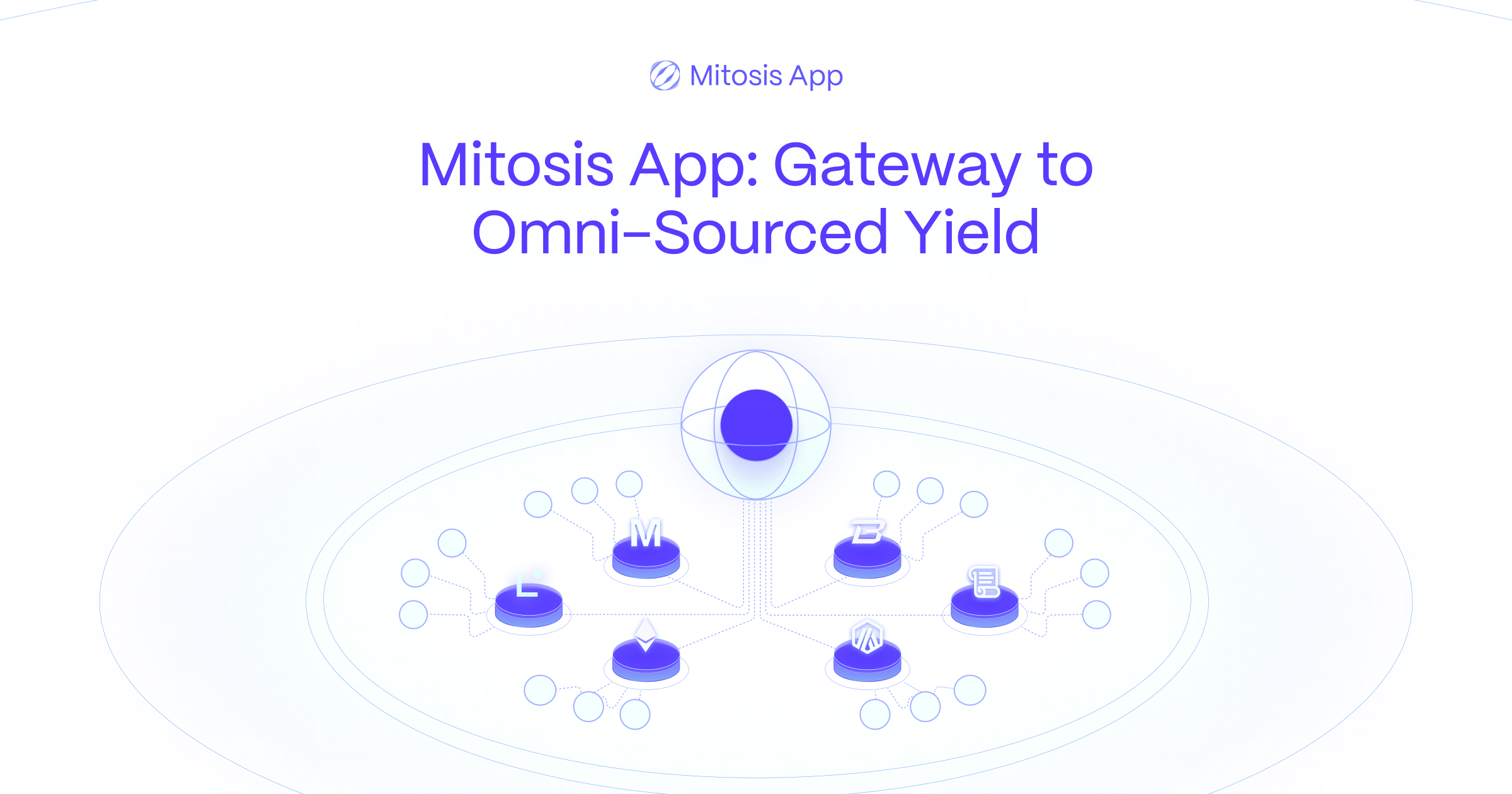










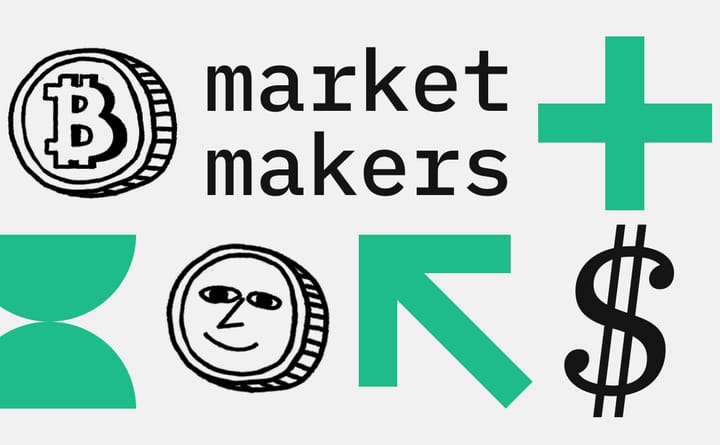
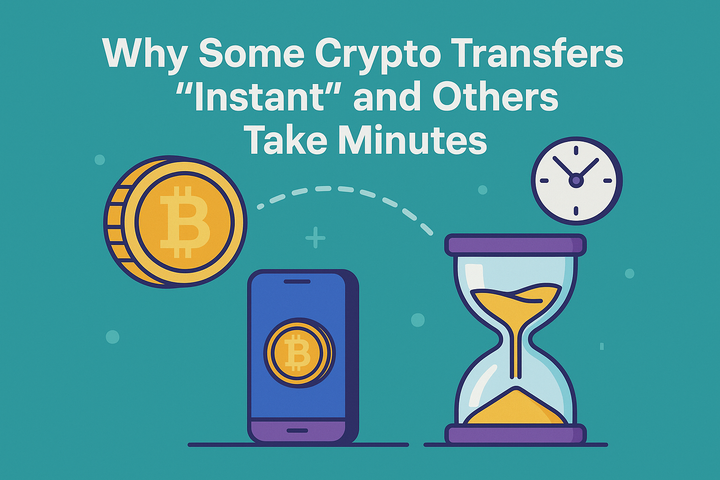
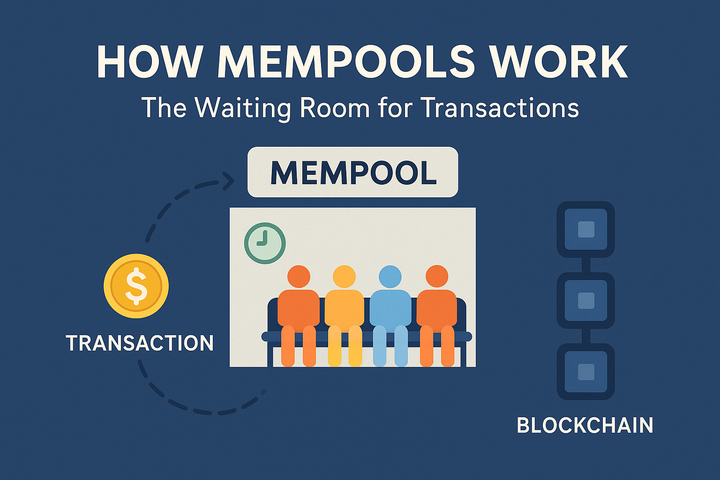
Comments ()